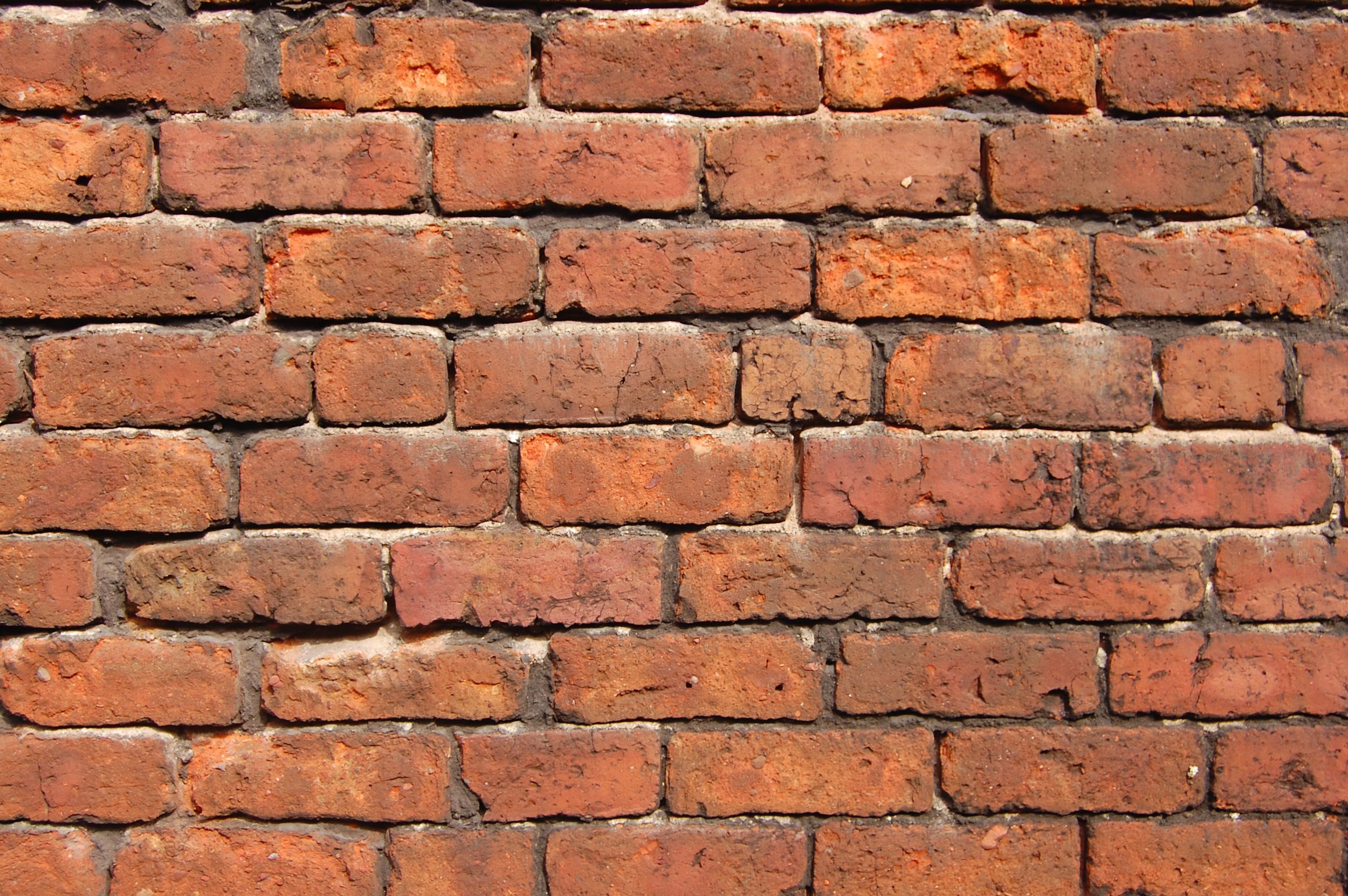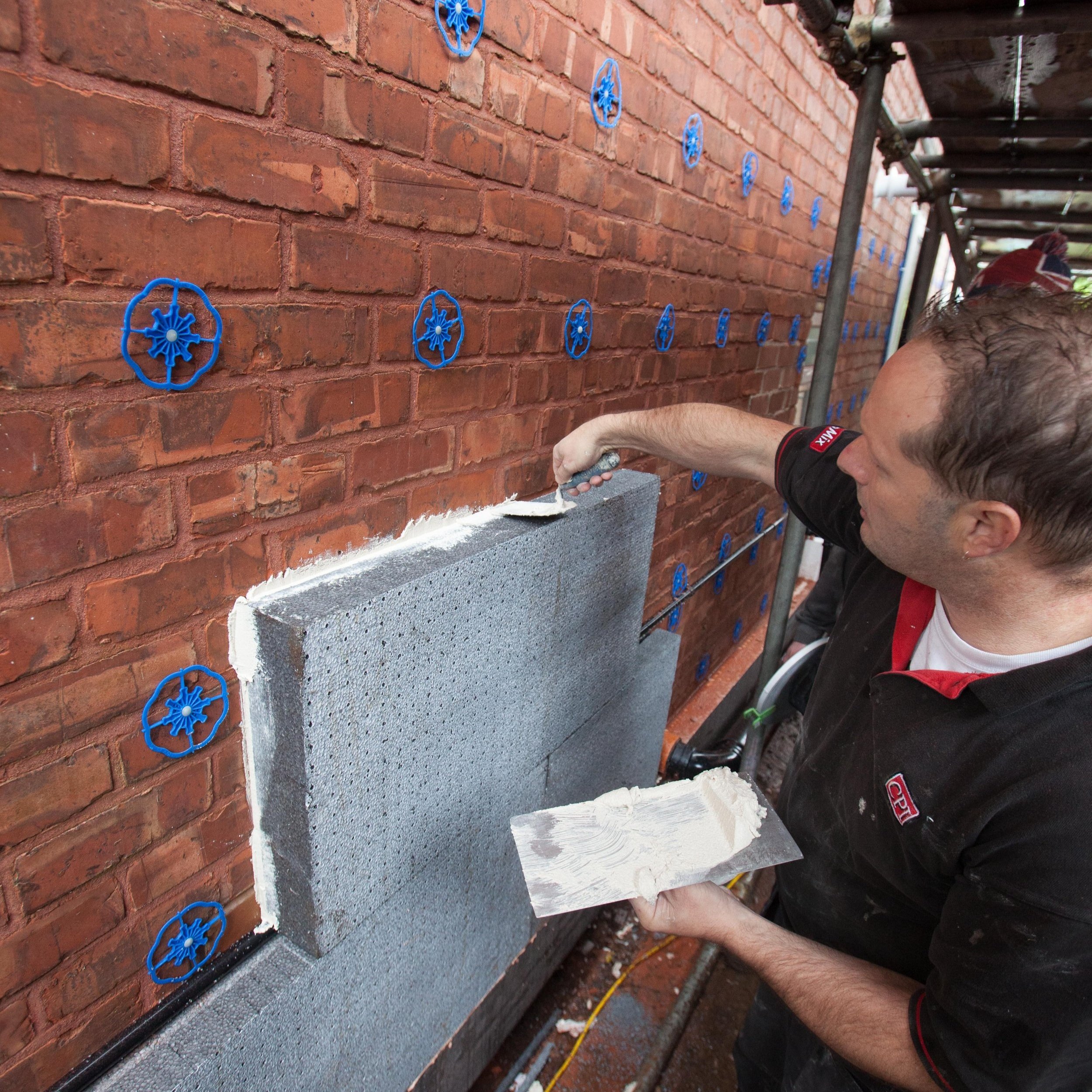
External Walls
CAVITY WALL INSULATION IS JUST THE START…
Insulating them can be cheap if there is a cavity. However, this is only a start. To achieve the kind of levels needed in the long term a lot more insulation is needed. This can either be added on the outside or the inside.
External Wall Insulation
The lowly brick can hide a variety of different issues. Buildings built before 1925 or so are likely to be more porous than those after, although not always. They will be stuck together with lime, later ones with cement, both with varying levels of vapour permeability and condition.
Some walls will have cavities others will not. Cavities will vary in size form 20mm to 100mm. Windows or floor joists may be built into them. This means that how moisture is handled is critical, adding insulation will alter how this happens.

To make UK houses more thermally efficient a lot more wall insulation is needed. This can either be added on the outside or the inside.
Considerations when adding External Wall insulation
Much of the cost of installing external wall insulation is the labour and scaffolding, so it makes little sense to choose a thinner wall insulation (although these are available) unless there are space restrictions or a hard to fill cavity brick wall.
Careful detailing is very important with external wall insulation to avoid cold bridges that will reduce performance. It is important to ensure that the eaves are insulated by either working from inside the loft or temporarily removing the first few slates.
External wall insulation can also include new stainless steel gutters, providing an attractive detail and ensuring that water does not penetrate the insulation from above.
Recommendations for External Wall Insulation
We recommend installing 180mm of vapour permeable woodfibre external wall insulation with 8mm modified polymer glass reinforced external render system on external walls where planning authorities allow (often not at the front of the property).
We recommend vapour permeable insulation. This allows moisture generated inside the building to dissipate over time and reduced dampness which is bad for the building structure.
For cavity walls with sufficient space, we use Ecobead cavity wall insulation.
InsulatinG CHIMNEYS
Unless the chimney is being used for ventilation, it should be sealed to avoid warm air being sucked out of the room during winter. By filling the chimney with granular inert insulation, such as foamed glass pumice, the chimney void becomes part of the insulated wall. A new weather-shield chimney pot should be fitted to avoid large amounts of rain getting into the top.
Alternatively you could install an inflatable chimney pillow - preferably at loft level so that the chimney void is not cold – with new weather-shield chimney pot.
Gallery: External wall insulation

Woodfibre wall insulation before rendering

Baumit Open EPS external wall insulation for more modern brickwork

External wall insulation for poorer quality or uneven walls, timber I-sections and wood fibre insulation

External wall insulation for poorer quality or uneven walls - wood fire render carrier on top of timber frame infilled with wood fibre





